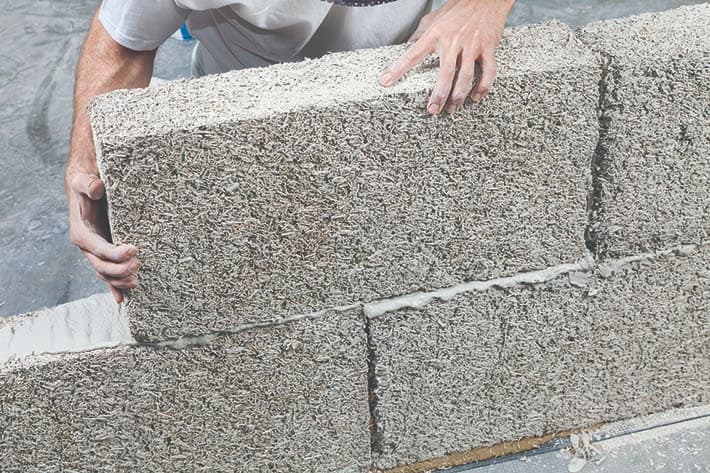According to the Environmental Protection Agency (EPA), Americans spend 90% of their time indoors in polluted environments. Unfortunately, popular construction materials, central heating and cooling systems, and daily appliances may all be sources of pollution and poisons in the house, so selecting eco-friendly materials – like the thermopompe – is critical.
The popularity of eco-friendly construction materials (often called “green”) should come as no surprise to homeowners trying to create a healthy indoor atmosphere while having minimal influence on the outdoor environment. Indeed, worldwide green building is doubling every three years.
Eco-friendly items, broadly defined, do not affect the environment. Eco-friendly building materials provide homeowners with various advantages that traditional building supplies may lack. Do you want to learn more about the advantages of eco-friendly building materials? Continue reading to find out more.
What are eco-friendly building materials?
Instead of traditionally created products or materials, eco-friendly items are intended to improve one’s living area while preserving the natural environment. A product will generally fulfill multiple of the following requirements to be called eco-friendly:
- Show a high level of durability or life span.
- Reduce pollution in the air, water, and land.
- Originate from sustainable resources
- Help to improve energy efficiency
- Produced with recycled materials
Common eco-friendly building materials
Green building materials are plentiful as the need for green and sustainable construction grows. There are several ways to improve your living environment; here are a few typical eco-friendly solutions to explore.
- Earthen materials
Earthen materials such as minerals, clay, and soil exist naturally on the earth’s surface. Metals and valuable stones can also be found in earthen materials. Earthen materials such as brick, stone, and sand are often utilized to create walls and make insulation products due to their strength and longevity.
- Bamboo
Bamboo is a regenerating plant that grows quickly and has been used in buildings for millennia. Bamboo grows without irrigation, pesticides, or chemical treatments, making it a plentiful and sustainable resource. It is a fantastic material for floors and walls because of its flexibility and strong natural fibers. It may be more durable than hardwood depending on the hue and species.
- Fiberglass
Fiberglass is well-known for its insulating properties and a terrific environmentally friendly solution. Many insulating materials are made without toxic chemicals such as phenol/formaldehyde (PF), as well as from sand and recycled glass bottles. Fiberglass is a low-cost, recyclable insulation material ideal for thermal and acoustic barriers, particularly in residential buildings.
Using eco-friendly building materials in home construction is becoming more prevalent, and it may have a big, beneficial influence on your family’s health and happiness. Earthen materials, plant-based fibers, bamboo, and recycled-material insulation are just a few examples that may be utilized to improve your living area.

